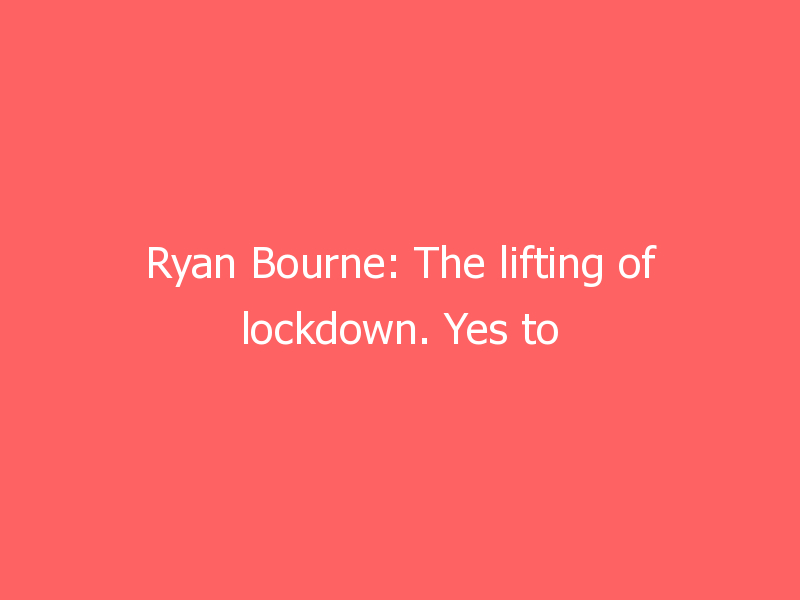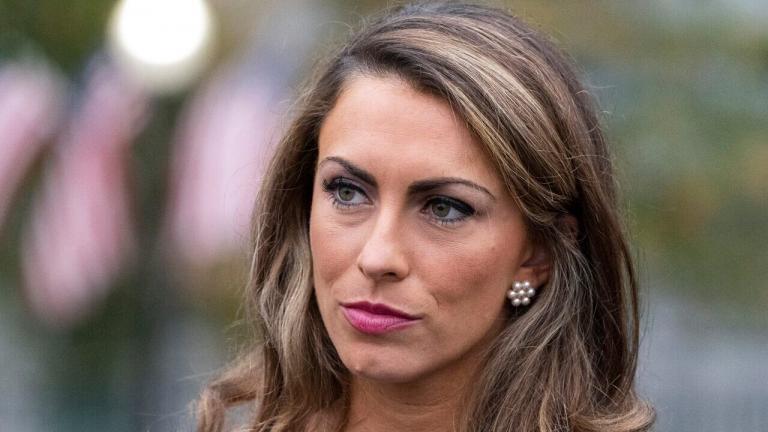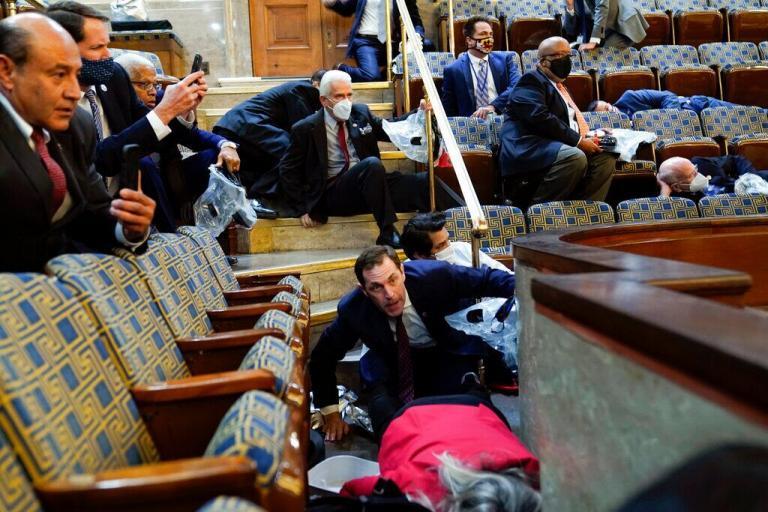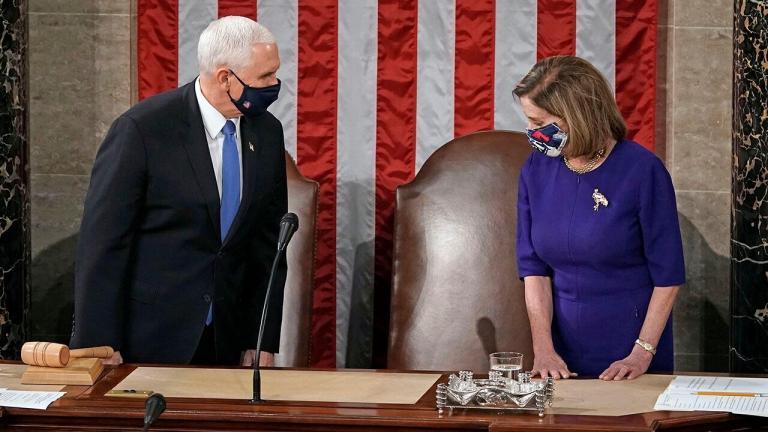
Ryan Bourne is the author of Economics In One Virus, a forthcoming book available for pre-order on Amazon UK.
As Boris Johnson’s February 22 “roadmap out of lockdown” day draws closer, the Prime Minister faces sharply conflicting advice. The backbench Covid recovery group (CRG) demands that schools return on March 8, and that all lockdown restrictions are lifted by April’s end.
Scientists and Covid-19 modelers from Warwick University and Imperial College, on the other hand, say a gradual lifting of restrictions from March through July would see between 83,000 and 150,000 people perishing from a massive fourth wave death spike. They recommend “non-pharmaceutical interventions” remain intact through summer.
Who is right? Given what we know, the politicians appear slightly too bullish. The modelers, on the other hand, seem ridiculously pessimistic. But a great deal of uncertainty remains and value judgments abound.
Committing to the CRG’s timetable would leave the Prime Minister a hostage to disappointment if first vaccine doses prove less efficacious against death than widely believed. Precautionary prudence demands we wait to see clear trends in the data before delivering major policy change. Especially because a release, amplified by its signal, will inevitably raise the prevalence of the disease over time, including among those still susceptible who would be vaccinated soon.
Looking at the collapse of children’s infections during lockdowns suggests that school closures may have had a large impact on disease prevalence. So here, in particular, I’d be more cautious as first doses continue to be administered to groups 1-9. Yes, the societal damage of lost schooling is enormous. But is re-opening them entirely in early March, rather than a month or so later when prevalence is much lower, really so crucial to life chances, on the margin, to risk the lives of those for whom vaccinations will occur within weeks?
This is not to say that targeted relaxations cannot begin. Outdoor activity, certain sports, and indoor retail could be green-lighted relatively safely, with the usual social distancing protocols and stronger guidance on ventilation. If schools can do rapid surveillance testing, we could have targeted closures only if multiple cases arise. In the depressing absence of that, localised returns in rural low disease prevalence areas seems reasonable. But until the high first dose efficacy against death or severe disease is confirmed and we’ve vaccinated more people, I’d probably opt for slightly more caution.
For all that I might quibble with the CRG on timing, they appear to understand the coming trade-offs better than certain scientists. Pretty soon, almost all over-70s will have been vaccinated once. These demographics make up 88 per cent of deaths to date. Vaccinations should therefore slash deaths rates observably in March, in turn reducing lockdowns’ benefits.
Hospitalisations will prove stickier, because of the large numbers of middle-aged people susceptible to severe disease. The capacity of the hospital system will remain a binding constraint, hence why everyone is advocating a glidepath to normalisation, rather than a “big bang” reopening.
That said, the modelers’ pessimism for even gradual relaxations is jarring. The Warwick model predicts 2,000 deaths per day in August if we “fully reopen” by July, even if 95 per cent of care home residents and 85 percent of over 50s are vaccinated. That would mean more deaths this summer than the pandemic to date. Imperial’s model assumes an 85 per cent general population vaccine take-up, but similarly predicts 130,800 more deaths even if vaccines are administered at a sustained rate of three million per week.
The logic behind these shocking figures is that if 85 per cent of people get a first dose which is, say, 70 per cent effective against symptomatic disease, then 40.5 per cent of people remain “at risk.” Presuming normal Covid-19 death risks apply to those with symptomatic infection implies lots of people still susceptible to death. On the path to everyone getting vaccinated, then, they believe a gradual release of restrictions will see an increasingly unmitigated spread that kills many, even accounting for the higher efficacy Pfizer vaccine and second doses.
Yet these assumptions seem absurd. Vaccine take-up rates have been higher so far. Official data for England through 7 February suggests 93.5 per cent of those eligible in care homes have been jabbed once, as have 91 per cent of over 80s, 96 per cent of 75-79s, and 74 per cent of 70-74s already. The modeling, meanwhile, seems to ignore entirely the evidence that vaccines might mitigate against severe disease or death, even among those vaccinated who still catch Covid-19. If confirmed in data, that alone would invalidate these results.
What’s more, modelling restriction relaxation as if this is synonymous with unmitigated spread seems misguided. Those in vulnerable groups who cannot take vaccines will surely remain cautious. In fact, they would probably be even more careful in the knowledge others are mixing more. A host of voluntary social distancing, mask-wearing, and an ongoing preference for outdoor activity will surely remain for many younger people too ,as they seek to avoid disease in spring and summer before being vaccinated or boosted. Releasing government mandates, in other words, won’t return us to “normal” behaviour.
But even if we did a lot of normalisation, lockdown-like measures would still be disproportionate against the end risks. If severe disease and death rates will indeed plunge after one dose, the value of the health benefits of population-wide restrictions fall dramatically relative to their extraordinary costs too.
Some scientists advising Johnson use banalities such as “the lower the cases can get, the better.” But the idea that nationwide restrictions remain the most cost-effective policy in a world where the overall fatality and severe disease risks are low, and highly concentrated in a tiny slither of the population, is clearly absurd.
Once priority groups have had their vaccines, the Great Barrington Declaration will be essentially correct: “focused protection” for those still vulnerable will be the order of the day. This will be all the more feasible given the smaller number of people still at risk. For a much lower social cost than lockdowns, we could send these people a healthy supply of N-95 masks, indoor ventilation machines, a year’s worth of rapid testing kits for any guests, and have taxpayers finance carer networks that minimize disease-spreading risks for them.
Such measures will obviously be far cheaper in mitigating the remaining risks than imposing massive restrictions on everyone indefinitely. And, of course, ongoing surveillance will continue to monitor new mutations and local clusters, just as many businesses will also maintain mask requirements that mitigate risks for vulnerable patrons.
What scientists must acknowledge, then, is that the same logic that said lockdowns’ benefits were huge when vaccinations were imminent says they could be tiny once vulnerable people are protected. If first dose efficacy proves as strong as we think, the Prime Minister will have to break with those overly cautious scientists who fail to think about the marginal costs and benefits of lockdowns as vaccinations proceed.
Originally found on Conservative Home Read More







